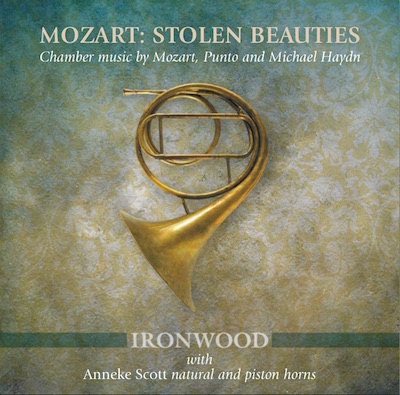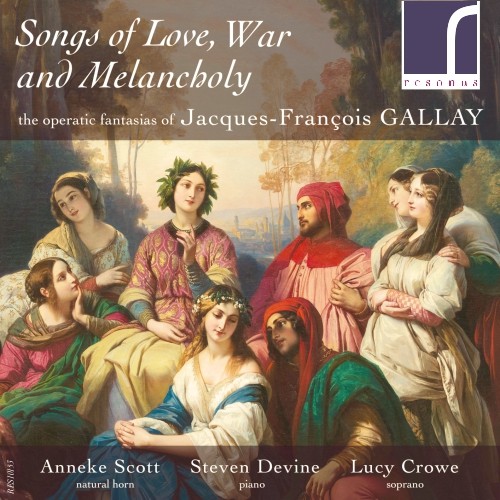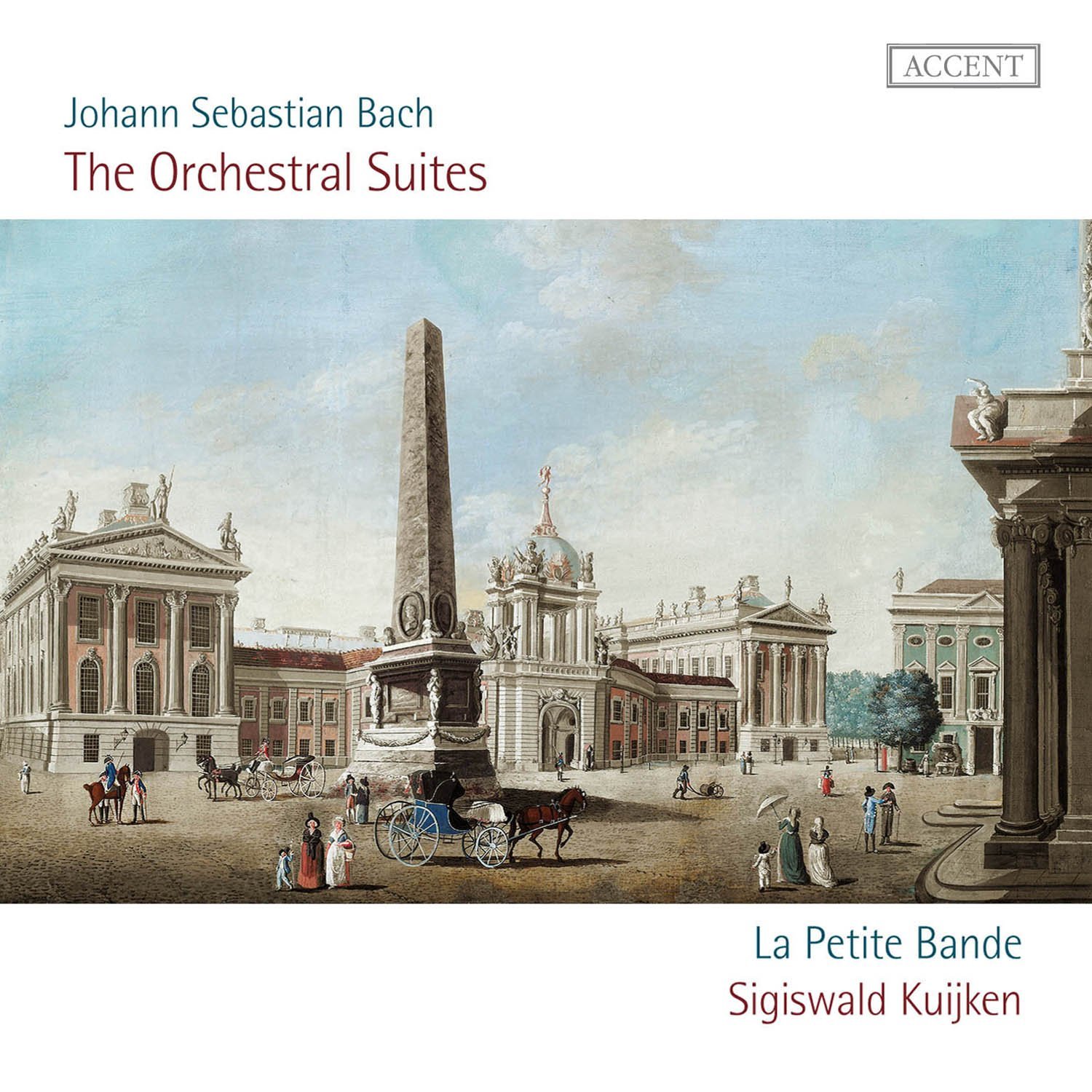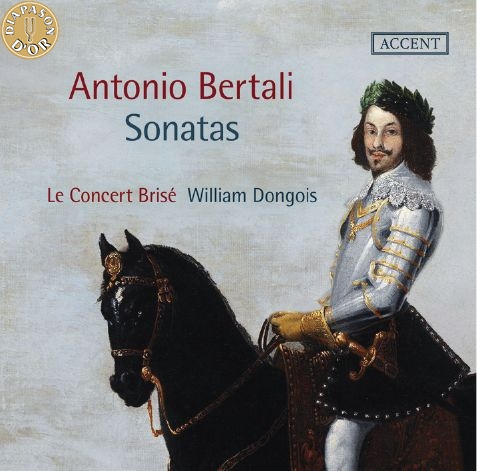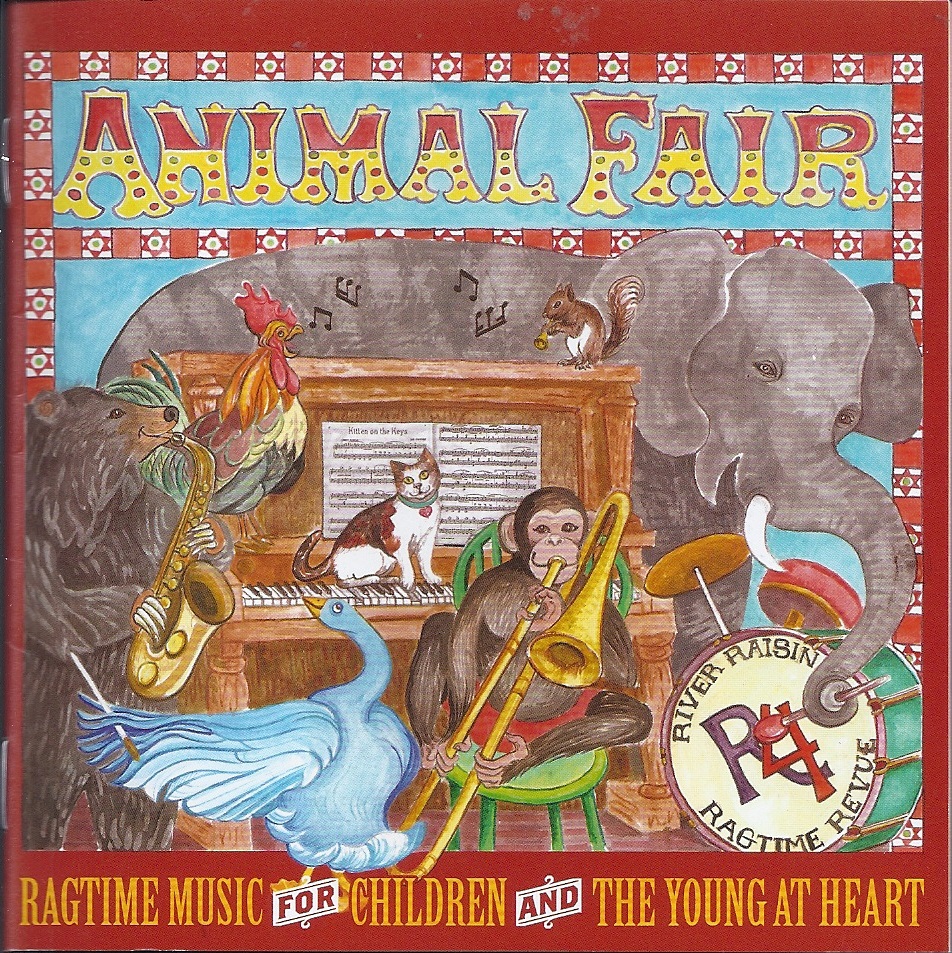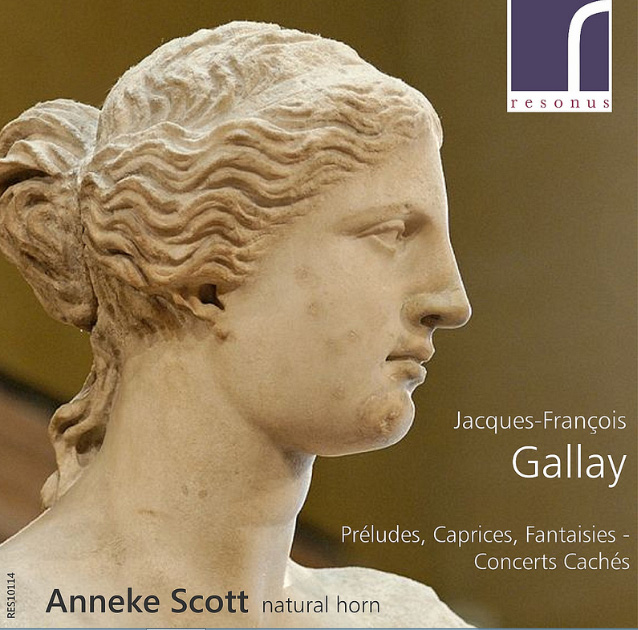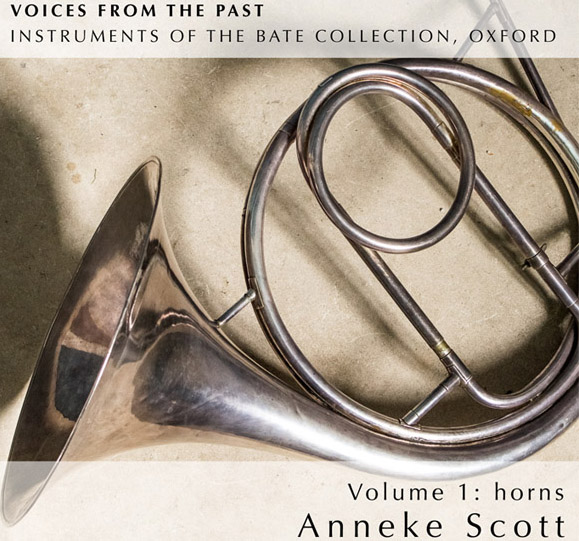La Fanfare Wagnérienne by Eric Crees
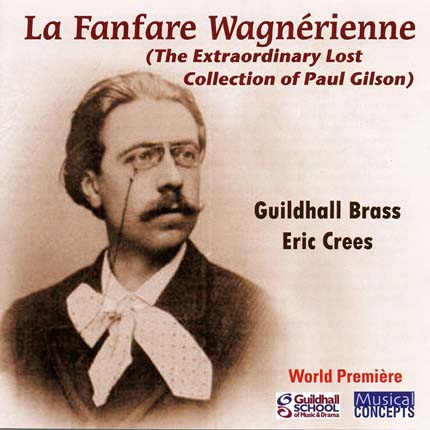
Eric Crees with Guildhall Brass, La Fanfare Wagnérienne (The Extraordinary Lost Collection of Paul Gilson) Musical Concepts MC245, 2013. www.musicalconcepts.net
In our present age, where everything from a pizza to a sunset to God is deemed “awesome,” a reviewer needs to be careful that his words have meaning and he does not descend into adjective-laden hyperbole. But there is no exaggeration at play in saying that Eric Crees and the students at the Guildhall School of Music and Drama have given us a wholly satisfying recording that exhibits all of the hallmarks of a superb, memorable and historically important offering: compelling repertoire, engaging performance, inspired leadership, informed scholarship and excellent recorded sound.
Readers of this Journal will recall Luc Vertommen’s book with three companion compact discs, Some Missing Episodes in Brass (Band) History, that was reviewed by this writer (HBSJ 24 [2012], 196–99). Vertommen's book—really an adaptation of his 2011 Doctoral dissertation from the University of Salford—highlighted three aspects of nineteenth- and early twentieth-century brass history that had fallen into obscurity: the trombone with six independent valves and the solo music written for it by Jules Demesserman, Adolphe Sax's development of the saxhorn family and music written and arranged for saxhorns by Belgian composers from 1850 to 1913, and the original compositions for Fanfare Wagnérienne by Paul Gilson composed between 1894 and 1909. Aspects of this were explored by Ray D. Burkhart in his paper, “The Paris Factor: French influence on brass chamber music 1840-1930,” presented at the Historic Brass Society Conference in Paris, 2007, but Vertommen's book, despite its disjointed structure and alarmingly poor editing and proofreading, proved useful in shedding more light on instruments and music that are worthy of further study. Of the three subjects, it is the music composed by Paul Gilson, found in the Library of the Royal Conservatory, Brussels, that was Vertommen's great discovery.
Original works for mixed brass ensemble began to appear with greater frequency in the late nineteenth century; among the more compelling examples are Edvard Grieg's 1878 arrangement for brass of his Sørgenmarsch over Rikard Nordråk of 1866, the brass quintets of Viktor Ewald composed beginning around 1890 and the brass septets of Jean Sibelius from 1889-1899. However, Percy Fletcher has often been credited with having composed the first significant, original composition, Labour and Love, for a large brass ensemble; for British-style brass band to be precise. Composed as the test piece for the 1913 Crystal Palace National Contest (won by Irwell Springs conducted by William Halliwell), Labour and Love represented a radical departure from the standard fare for brass bands that had been played in concert and contest up to that point, that being arrangements of classical and popular orchestral works, marches and solos. That Luc Vertommen uncovered a substantial body of high quality original works written for brasses by Belgian composer Paul Gilson during the two decades before Fletcher's seminal work is not merely notable but it causes us to rewrite the received history of brass ensemble music.
Paul Gilson (1865–1942) composed six pieces (or seven, depending on how one counts them) for the “Fanfare Wagnérienne”, a brass and percussion ensemble organized in 1894 at the Brussels Conservatory by Henri Séha. The ensemble’s instrumentation was patterned after the brass scoring of Richard Wagner in his Das Ring der Nibelungen and called for trumpets (including bass trumpet), horns, Wagner tubas, trombones (including contrabass trombone) tubas (including contrabass tuba) and percussion. These are important, substantial pieces, the longest of which, Variations Symphoniques (1903) clocks in at about 20 minutes. Vertommen, with his deep roots in brass banding, arranged Gilson’s compositions for British-style brass band and released a recording, Anthology of Flemish Band Music Vol. 7 – Paul Gilson (1865–1942): Complete works for the Fanfare Wagnérienne” with Brass Band Buizingen and Delta Brass Zeeland under his direction. This recording brought Gilson’s music much needed attention but at the time of its release in 2012 it begged the question, “What does Gilson's music sound like in the composer’s intended instrumentation?”
Having been introduced to Gilson’s music by Luc Vertommen, into the breech stepped Eric Crees. His background as trombonist with the London Symphony and Royal Opera Covent Garden and as an arranger, composer, and teacher – he is Professor of Trombone and conductor of Wind, Brass and Percussion at the Guildhall School of Music and Drama, London, and was recipient of the International Trombone Association's 2014 Neill Humfield Award—uniquely positioned him to bring Gilson’s music alive once again as intended. The result is the 2013 release, La Fanfare Wagnérienne (The Extraordinary Lost Collection of Paul Gilson) and publication of Crees’s performing editions of Gilson’s music. The result is superb.
Eric Crees’s decision to explore this repertoire in its original instrumentation with students at London’s Guildhall School is testament to the skill and commitment of his young charges who, from all appearances, embraced rehearsing, performing and recording Gilson’s works during the 2010–11 school year with startling commitment. One is hard pressed to find cause to think that the Guildhall Brass is “just another student group.” Rather, the nearly 50 students who participated in the three recording sessions for the project – a complete list of personnel is given in the CD booklet – show themselves to be professional in every way, with clarity and purity of sound, a wide dynamic range, blistering technique and, with a tip of the hat to those playing the Alexander Wagner tubas, spot-on intonation. Within the first 30 seconds of the opening track, Gilson’s Scherzo Fantastique, one hears the brass section enter in turn – trumpets, horns, trombones and then tubas—in a fanfare that is electrifying in its power and ability to engage the listener. This is both playing and music of extraordinarily high quality that makes for immensely enjoyable listening.
A word must be said about the comparison of Crees’s recording of Gilson’s music in the original instrumentation and Luc Vertommen’s recording of the same repertoire in his arrangement for British-style brass band. The sonic contrast could not be more striking, with the cylindrical bore trumpets and trombones of Guildhall Brass providing much more visceral impact and aural diversity than the saxhorns of the Vertommon’s brass bands. Each editor has made particular choices in how to negotiate Gilson’s considerable demands. Nowhere is this more evident than in Gilson’s Fantasie. In the Guildhall Brass recording, trombones expertly execute a rapidly articulated passage at 2:48 that comes immediately after a lyrical, soft chorale featuring Wagner and bass tubas. The contrast in color and articulation is very satisfying for the listener, to say nothing of the fine technical work of the young trombonists. But in the same passage, Vertommen moves the trombones to the chorale and leaves it to baritones and euphoniums to play the technical passage, and slurred rather than articulated. The result falls rather flat by comparison.
Not only does the Guildhall Brass recording contain well-written and informative program notes by Eric Crees, but Crees also has provided an extensive document – available on the Musical Concepts website – that outlines the editorial procedure for creating the performing edition of Gilson’s works. Crees has not created an urtext or critical edition. Rather, as the experienced performer and conductor that he is, he has edited Gilson with a modern eye and ear, modifying various instrument transpositions and indicating optional doublings, providing sensible metronome markings and bringing Gilson’s notation up to modern standards. Reading Crees’s document is an enlightening exercise that gives the listener even greater appreciation of the care given to showing Gilson’s music in the best possible light.
Recordings are too easy to produce and advertising is too successful in persuading the marketplace that mediocre is excellent. This is certainly the case with many recordings of music for large brass ensemble, where volume and power often are used to disguise either poor playing or musical kitsch. Happily, Eric Crees and students at the Guildhall School of Music and Drama have given us reason for hope. Not only is La Fanfare Wagnérienne (The Extraordinary Lost Collection of Paul Gilson) a recording of consequential repertoire, but the work of the Guildhall Brass students shows us that brass playing is in good hands with these players of the younger generation. Eric Crees is to be commended for his efforts in editing Gilson’s music and bringing it back to life in its original instrumentation over 100 years after it was first performed. Highly recommended.
-- Douglas Yeo, Arizona State University


